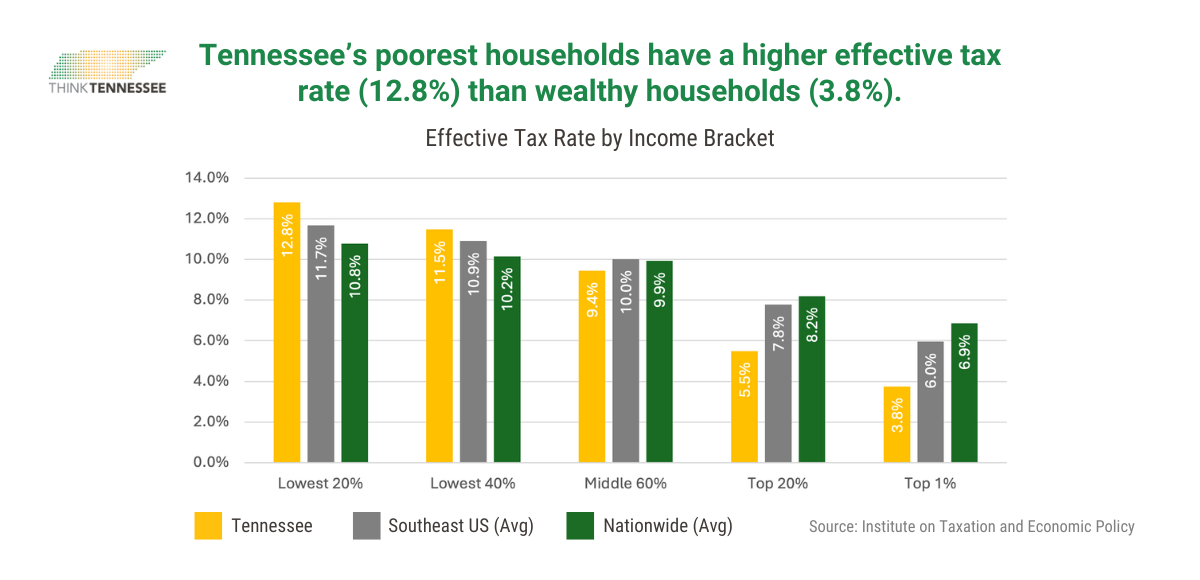NASHVILLE – All cities, regardless of size or region, can be high-performing transit cities if they invest in increasing service and are committed to prioritizing transit over private vehicles, finds a new research report released today from nonpartisan think tank ThinkTennessee. The report comes on the heels of Nashville Mayor Freddie O’Connell’s announcement to pursue a transit referendum in November, though the specifics of the projects included in the Transit Improvement Program are still taking shape.
“The data is clear: all types of cities can provide high-quality transit to their residents,” said Erin Hafkenschiel, President of ThinkTennessee. “Investing in longer service hours, more frequent buses, and high-capacity corridors that we can grow into can be the deciding factor of whether transit ridership increases as the city grows. Nashville faces unique challenges, but there are plenty of lessons to learn from our peer cities and investing in a robust, high-quality transit system is definitely one of them.”
Using information from the National Transit Database (NTD), ThinkTennessee analyzed transit data for the largest 35 metro regions, including Nashville. The analysis showed that Nashville’s current transit system is underfunded, provides low levels of service, and is underperforming, however, it also revealed promising insights from comparable cities that could help inform the design of the proposed transit plan.
Key Findings:
- If Nashville makes the right investments today, it could increase transit ridership by 600% to 800% as it grows. The Nashville region is expected to grow to three million people by 2040. Many regions of this size have significantly higher transit ridership than Nashville. San Diego, Denver, and Baltimore have 50% more population than Nashville today, but their transit ridership is 600-800% higher.
- A robust frequent bus network is the backbone of every high-performing transit city. The foundation of every successful transit city is a robust frequent transit network that provides at least 15-min frequent service, 20-24 hours per day, 7 days a week.
- Bus Rapid Transit (BRT) corridors can be a critical element of high-performing transit cities, but they must meet BRT Standard design guidelines to live up to their potential. BRT corridors are a cost-effective way to prioritize transit riders over private vehicles. Important design features include dedicated lanes, center-running alignment, transit signal priority, off-board fare collection, and level platform boarding.
- Single high-capacity corridors can produce high ridership per mile, but they are usually not enough to increase ridership citywide without additional investments. Successful single-corridor projects should be supported by robust investments in frequent bus service and eventual extensions of high-capacity corridor projects to create a network of high-capacity transit corridors.
- Light rail performs best when routed through the urban core compared to routes utilizing former freight rail track. While light rail ridership is down from its peak of 548 million passengers in 2016 and is at 70% of pre-pandemic ridership (compared to 77% recovery for transit overall), light rail ridership per mile still outperforms BRT per mile ridership. 31 of the 34 regions outside of Nashville studied have invested in rail transit (heavy rail, light rail, commuter rail, streetcar, or monorail).17 regions have a rail connection to the airport, which rises to 20 if you also include cities with convenient bus connections to the airport from rail like Los Angeles, San Diego, and Orlando.





